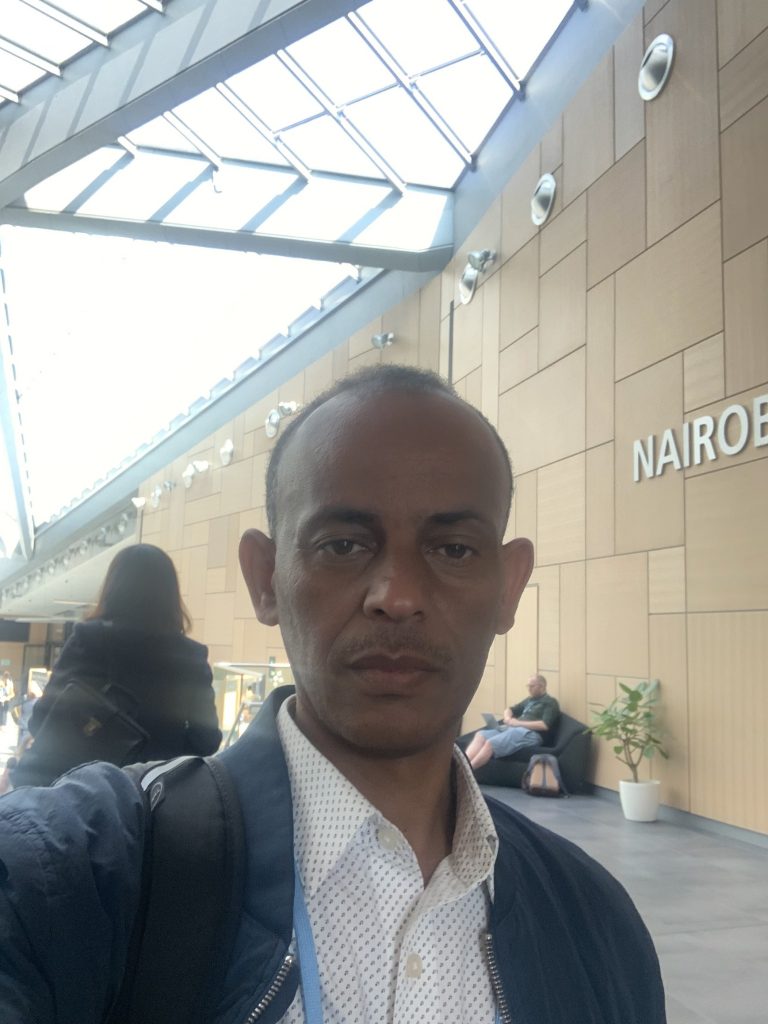
Exploring Article 6 as a Funding Mechanism: Updates from COP Negotiations
by Eyob Tenkir, CVF Capacity-Building Fellow from Ethiopia
Article 6 of the Paris Agreement has the potential to be a powerful tool for mobilizing resources to developing countries, enabling them to reduce greenhouse gas emissions more quickly and affordably by bridging the finance gap and channeling critical resources where they are needed most, assisting developing nations in meeting their Paris Agreement goals.
Article 6 of the Paris Agreement empowers countries to meet their nationally determined contributions (NDCs) and accelerate climate action through cooperative mechanisms, focusing primarily on carbon markets. Carbon market mechanisms could offer significant potential to reduce costs and enhance ambition, with estimations suggesting a potential annual cost reduction of about $250 billion and an additional 5 Gt of CO2 abated by 2030.
Countries have started operationalizing Article 6, particularly article 6.2, in parallel to the negotiation process. Article 6.2 of the Paris Agreement establishes an accounting framework for collaborative climate action between countries. This framework allows two or more nations to join forces and transfer emission reductions, adhering to strict rules that prevent “double counting” of those efforts. Several countries have already embraced this approach, including Switzerland, Peru, Ghana, Japan, India, Thailand, and Vanuatu, engaging in bilateral collaborations that range from project-based initiatives to larger-scale jurisdictional approaches. These partnerships demonstrate the potential of Article 6.2 to facilitate effective climate action through international cooperation.
Among Climate Vulnerable Forum (CVF) nations, Ghana has emerged as a pioneer and demonstrated impressive progress in operationalizing Article 6. Other CVF countries can learn from Ghana as it paves the way for bridging financial gaps critical to fulfilling NDC commitments.
COP26 in Glasgow marked a significant step foward in the negotiations overArticle 6, producing a rulebook for international cooperation through carbon markets after years of challenging negotiations. At COP27 in Sharm el-Sheikh, the blueprint began to take shape with the development of reporting formats, review processes, and infrastructure for tracking carbon credit transfers between countries.
COP27 negotiators reached consensus on several key points, including essential report formats, a review process for information submitted to the UN, and detailed guidance on the various components of the Article 6 tracking infrastructure, all of whichwill be crucial for ensuring effective implementation.
At COP28 in Dubai, countries discussed how to report on trading under Article 6.2. However, there were disagreements over draft text that did not include provisions to limit what information be considered “confidential.,” meaning countries could hide specific information without any restrictions. Furthermore, the proposed agreement aimed to reduce the level of scrutiny on countries’ transactionsand would have allowed countries to potentially ignore Article 6 regulations without facing serious consequences.
COP28 discussions also sought to bring about clarity on three key areas under Article 6.4:
- Authorization of Units: The focus was on establishing clear and comprehensive guidelines for the validation of credits generated through emissions trading under Article 6.4. This involved defining the necessary processes and criteria for approving these units, ensuring their credibility and integrity.
- Registry Interconnection: The discussions emphasized the importance of seamlessly integrating the registries of Article 6.2 and 6.4, with the goal of creating a harmonized system to facilitatetransparency and accountability in emissions trading. By ensuring the smooth operation of both registries, the integrity and reliability of the trading process would be upheld.
- Eligibility for Emissions Avoidance and Conservation Enhancement: Defining the specific conditions and requirements for project eligibility in generating Article 6.4 credits was a significant concern. This involved determining the criteria for emissions avoidance and conservation enhancement activities, ensuring that only those projects meeting the established standards would be eligible for generating credits.
Additionally, COP28 represented the second opportunity for the Article 6.4 Supervisory Body to make progress in two crucial areas concerning the voluntary carbon market:
- Methodology Guidance: There was a need to develop standardized approaches and procedures for calculating emissions reductions and removals. The aim was to establish consistent and accurate methodologies for measuring the impacts of Article 6.4 activities, ensuring reliability and comparability of results.
- Carbon Removal Guidance: The focus was on creating robust methods for measuring and accounting for the removal of carbon dioxide from the atmosphere. By developing comprehensive guidance, COP28 aimed to enable accurate quantification and reporting of carbon removal efforts.
Establishing this guidance is crucial for the successful launch and operation of the 6.4 mechanism. Without this guidance, the practical implementation of Article 6.4 cannot proceed. The lack of agreement among the parties that the implementation of the Article 6.4 market will be further delayed.
Looking ahead, COP29 presents another opportunity to revisit and reassess the text. The upcoming conference will provide a platform for parties to reengage in Article 6.4 discussions and negotiations offering another chance to revisit the unresolved issues and challenges surrounding the guidance on methodologies, with the objective of reaching a consensus and finalizing the required framework.

